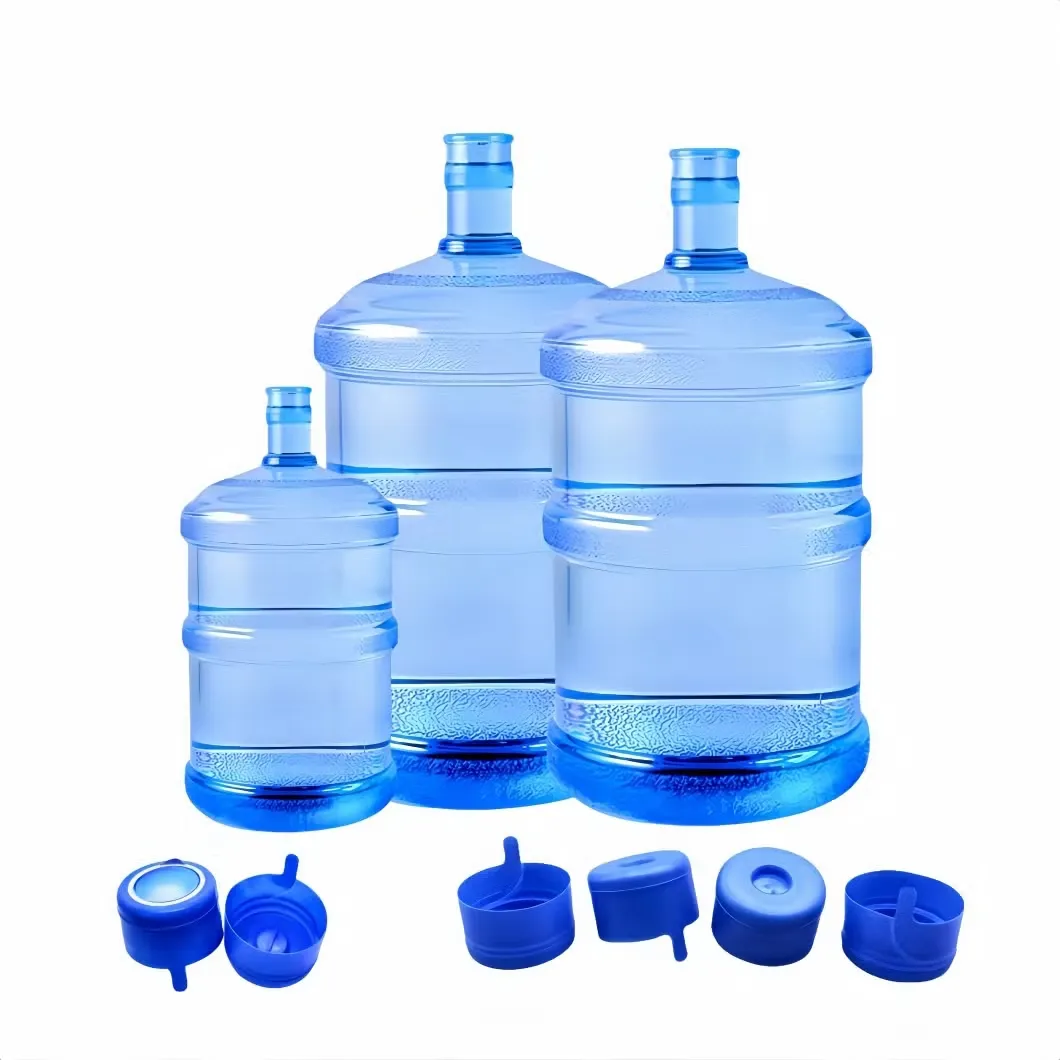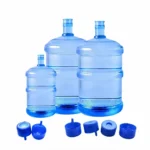The Ultimate Guide to Choosing the Perfect Water Dispenser and Bottle Combo for Your Home
Are you tired of constantly refilling water bottles and dealing with the hassle of storing them in your fridge? Look no further, because we have the ultimate guide to help you choose the perfect water dispenser and bottle combo for your home. With so many options available on the market, it can be overwhelming to make a decision. But fear not! Our comprehensive guide will walk you through the key factors to consider, such as capacity, filtration system, convenience, and design. Whether you’re looking for a countertop dispenser for easy access in your kitchen or a freestanding unit to serve an entire household, we’ve got you covered. We’ll also provide insights into the different types of water bottles available and how they can enhance your drinking experience. Stay hydrated and say goodbye to plastic waste with the ideal water dispenser and bottle combo that suits your needs and style.
Types of Water Dispensers – Countertop, Freestanding, and Bottom-Loading
Water dispensers come in various styles, each designed to cater to different needs and spaces in your home. The three most common types are countertop, freestanding, and bottom-loading dispensers. Understanding the distinct features of each will help you make an informed decision based on your lifestyle and available space.
Countertop dispensers are ideal for those with limited floor space but still want convenient access to chilled or hot water. These compact units can easily fit on kitchen counters or tables, making them perfect for small apartments or kitchens. They typically provide both hot and cold water options, allowing you to prepare a range of beverages and instant meals without needing to boil water separately. Many models also feature sleek designs that can enhance the aesthetics of your kitchen.
Freestanding water dispensers, on the other hand, are larger units that can stand independently on the floor. They often come with greater water capacities and can accommodate larger water bottles, making them suitable for families or households with frequent visitors. These dispensers usually offer advanced features like temperature control, child safety locks, and even filtration systems. The freestanding design allows for easy access from multiple angles, making it a great choice for gathering spaces or dining areas.
Bottom-loading dispensers combine the convenience of freestanding units with a more aesthetically pleasing design. Instead of lifting heavy bottles onto the top of the dispenser, bottom-loading models allow you to simply slide the bottle into a compartment at the bottom. This not only makes it easier to change bottles but also keeps the unit looking neat and tidy. With the added benefit of a hidden water bottle, users can enjoy the same functionality of a freestanding unit without the cumbersome appearance of a bottle perched on top.
Different Types of Water Bottles – Glass, Plastic, and Stainless Steel
When it comes to water bottles, the material plays a crucial role in determining the safety, durability, and taste of the water you consume. The three most common types of water bottles are glass, plastic, and stainless steel, each offering unique advantages and potential drawbacks.
Glass water bottles are often praised for their purity and ability to maintain the taste of water without imparting any chemicals or flavors. They are easy to clean and do not absorb odors, making them an excellent choice for those who prioritize taste and health. Additionally, glass bottles are recyclable, reducing environmental impact. However, they can be heavier and more fragile than their plastic or stainless steel counterparts, which might not make them suitable for on-the-go lifestyles or households with children.
Plastic water bottles, on the other hand, offer lightweight convenience and durability. They are often made from BPA-free materials, making them safer than traditional plastics. Many plastic bottles come in various sizes and designs, making them adaptable for different uses, whether at home or during outdoor activities. However, it’s essential to note that some lower-quality plastics can leach chemicals over time, especially when exposed to heat. Choosing high-quality, BPA-free plastic is crucial if you opt for this type of bottle.
Stainless steel bottles are rapidly gaining popularity for their combination of durability and insulation properties. These bottles are resistant to rust and corrosion, ensuring a long lifespan. Many stainless steel models come with double-wall vacuum insulation, keeping beverages cold or hot for extended periods. They are also lightweight and perfect for travel. While stainless steel bottles may be more expensive upfront, their longevity and performance can make them a cost-effective choice in the long run. However, they may require regular cleaning to prevent the buildup of odors or residues.
Factors to Consider When Choosing a Water Dispenser and Bottle Combo – Capacity, Filtration System, and Design
Selecting the perfect water dispenser and bottle combo involves evaluating several key factors that will impact your experience. Capacity, filtration systems, and design are three vital considerations that can significantly influence your satisfaction with the product.
Capacity is one of the first things to consider, as it determines how much water the dispenser can hold and how often you will need to refill it. If you have a large household or frequently entertain guests, opting for a dispenser with a higher capacity is essential to meet your needs. On the other hand, if you live alone or in a small household, a smaller dispenser may suffice. Additionally, consider the size of the water bottles you intend to use; some dispensers are designed specifically for standard-sized bottles, while others can accommodate larger options.
The filtration system is another critical factor to consider. Clean and purified water is essential for health, and many modern water dispensers come equipped with advanced filtration systems that remove impurities and enhance taste. When selecting a dispenser, look for features such as multi-stage filtration, UV purification, or activated carbon filters. Pay attention to the maintenance requirements of the filtration system, as some may need regular replacement of filters, which can impact ongoing costs.
Lastly, the design of the water dispenser and bottle combo should not be overlooked. Aesthetics matter, especially if the unit will be a focal point in your kitchen or dining area. Choose a design that complements your home decor, whether modern, minimalist, or classic. Additionally, consider the functional design elements, such as ease of use, ergonomic features, and the placement of buttons or controls. A well-designed dispenser will not only look good but also enhance your overall user experience.
Pros and Cons of Different Water Dispenser and Bottle Combo Options
Every water dispenser and bottle combo has its advantages and disadvantages, which can influence your choice based on your specific needs and preferences. Understanding these pros and cons can help you select the ideal solution for your home.
Countertop dispensers are generally compact and easy to use, making them a great choice for small spaces. Their size often allows for quick access to hot and cold water without occupying too much counter space. However, they may not have the same water capacity as freestanding models, which can be a drawback for larger households. Additionally, their reliance on counter space means they may not be suitable for kitchens with limited room for appliances.
Freestanding dispensers come with the benefit of larger water capacities, which is perfect for families or households that consume a lot of water. They often feature more advanced functionalities, such as temperature controls and filtration systems. However, their larger size can be a downside for those with limited floor space, and they may require more effort to clean and maintain. Furthermore, these units can be more expensive upfront compared to countertop options.
Bottom-loading dispensers offer the convenience of hidden bottles and ease of changing water without heavy lifting. This design keeps your space looking neat and can be more ergonomic for users. However, they may have a higher price point, and the technology involved in the bottom-loading mechanism can lead to potential malfunctions. Additionally, because they are larger, they may not be suitable for every living situation, particularly smaller apartments.
Maintenance and Cleaning Tips for Water Dispensers and Bottles
Proper maintenance and cleaning are crucial for ensuring the longevity and functionality of your water dispenser and bottles. Regular care will not only keep your water tasting fresh but also help prevent the growth of bacteria and mold, safeguarding your family’s health.
For water dispensers, it’s recommended to clean the exterior and interior surfaces regularly. Use a mild soap and warm water solution to wipe down the outside of the unit, and be sure to pay attention to the areas around the spouts, as these can harbor bacteria. For the interior, many manufacturers recommend using a mixture of water and vinegar or a specialized cleaning solution to remove any buildup or residues. Make sure to follow the manufacturer’s guidelines regarding cleaning frequency and products to avoid damaging the unit.
Water bottles also require regular cleaning, particularly if you use them frequently. For glass and stainless steel bottles, a simple wash with warm soapy water and a thorough rinse should suffice. You can also use a bottle brush to reach the bottom of the bottle and ensure all areas are cleaned. Plastic bottles may need more attention, especially if they have been used for flavored drinks; they can retain odors. Consider using a mixture of baking soda and vinegar to eliminate any lingering smells.
Additionally, always check for any signs of wear and tear on both dispensers and bottles. Cracks, scratches, or discoloration can be indicators that it’s time to replace your items. Keeping your water dispenser and bottles in good condition not only ensures a better drinking experience but also contributes to your overall health and safety.
How to Choose the Right Size and Capacity for Your Home
Choosing the right size and capacity for your water dispenser and bottle combo is essential for ensuring it meets your household’s needs without taking up too much space. Several factors should be considered to determine the most appropriate size for your home.
First, evaluate your daily water consumption. A larger family or those who entertain frequently will require a dispenser with a higher capacity to avoid constant refills. If you find that your household typically consumes several liters of water a day, investing in a larger freestanding or bottom-loading unit may be necessary. On the contrary, if you live alone or in a smaller household, a compact countertop model may be sufficient to meet your needs.
Next, think about the physical space available in your home. Measure the area where you plan to place the dispenser to ensure it fits comfortably without obstructing movement or access to other appliances. Design and aesthetics also play a role; a bulky unit in a small kitchen may appear overwhelming, while a sleek, minimal design may seamlessly blend into your decor.
Lastly, consider the frequency of bottle replacements. If you opt for a larger capacity dispenser, you may need larger bottles, which can be heavier and more cumbersome to change. Ensure that you can manage the weight and size of the bottles you choose, as this will affect how often you need to refill or replace them.
Comparing Different Brands and Models of Water Dispensers and Bottle Combos
When it comes to selecting the right water dispenser and bottle combo, the market is filled with numerous brands and models, each with unique features and specifications. By comparing different options, you can identify the best fit for your needs and budget.
Start by researching well-known brands that are recognized for their quality and customer service. Brands like Primo, Avalon, and Brio offer a range of dispensers with varying capacities and features. Read customer reviews and ratings to gain insights into the performance, durability, and ease of use of different models. Pay attention to any recurring issues customers may mention, as this can help you avoid potential pitfalls.
Next, consider the specific features that matter most to you. Some models may come equipped with advanced filtration systems, while others may prioritize energy efficiency and low noise levels. If you have specific preferences regarding temperature settings, size, or design, create a list of must-have features to narrow down your choices.
Finally, it can be helpful to visit local retailers or showrooms to see the dispensers in person. This allows you to gauge their size, design, and overall build quality before making a purchase. Additionally, many retailers may offer demonstrations or have staff available to answer any questions about the features and benefits of different models.
Price Range and Budget Considerations
When selecting a water dispenser and bottle combo, price is often a significant factor that can influence your decision. Understanding the price range for various models and brands can help you make a budget-conscious choice without compromising on quality.
The cost of water dispensers varies widely based on features, capacity, and brand reputation. Generally, countertop models tend to be more affordable, with prices ranging from $50 to $150. These units are great for those on a budget who want a convenient way to access water without the need for extensive features.
Freestanding water dispensers, due to their larger size and additional functionalities, typically fall within the $150 to $500 range. Depending on the brand and features, you may find options that include advanced filtration systems or temperature controls at the higher end of the spectrum. If you have a larger household, investing in a freestanding model may ultimately save you money in the long run by reducing the frequency of bottle replacements.
Bottom-loading units usually come with a higher price point, often ranging from $200 to $600. The convenience of not having to lift heavy bottles combined with a sleek design justifies the higher cost for many consumers. When setting your budget, consider both the initial investment and any ongoing costs related to filter replacements, maintenance, and purchasing water bottles.
Conclusion and Final Thoughts
Choosing the perfect water dispenser and bottle combo for your home is an important decision that can significantly impact your daily hydration habits. By considering the various types of dispensers, the materials of water bottles, and factors such as capacity, filtration systems, and design, you can find a solution that fits your lifestyle and preferences.
As you explore different brands and models, don’t forget to take into account the maintenance requirements and cleaning tips that will keep your dispenser and bottles in top shape. Selecting the right size and capacity will ensure that your household’s water needs are met without cluttering your space.
Ultimately, investing in a high-quality water dispenser and bottle combo not only enhances your drinking experience but also promotes healthier choices by encouraging increased water consumption. With the right information at your fingertips, you’re now well-equipped to make an informed decision that aligns with your needs and preferences. Stay hydrated and enjoy the benefits of clean, accessible water in your home!






